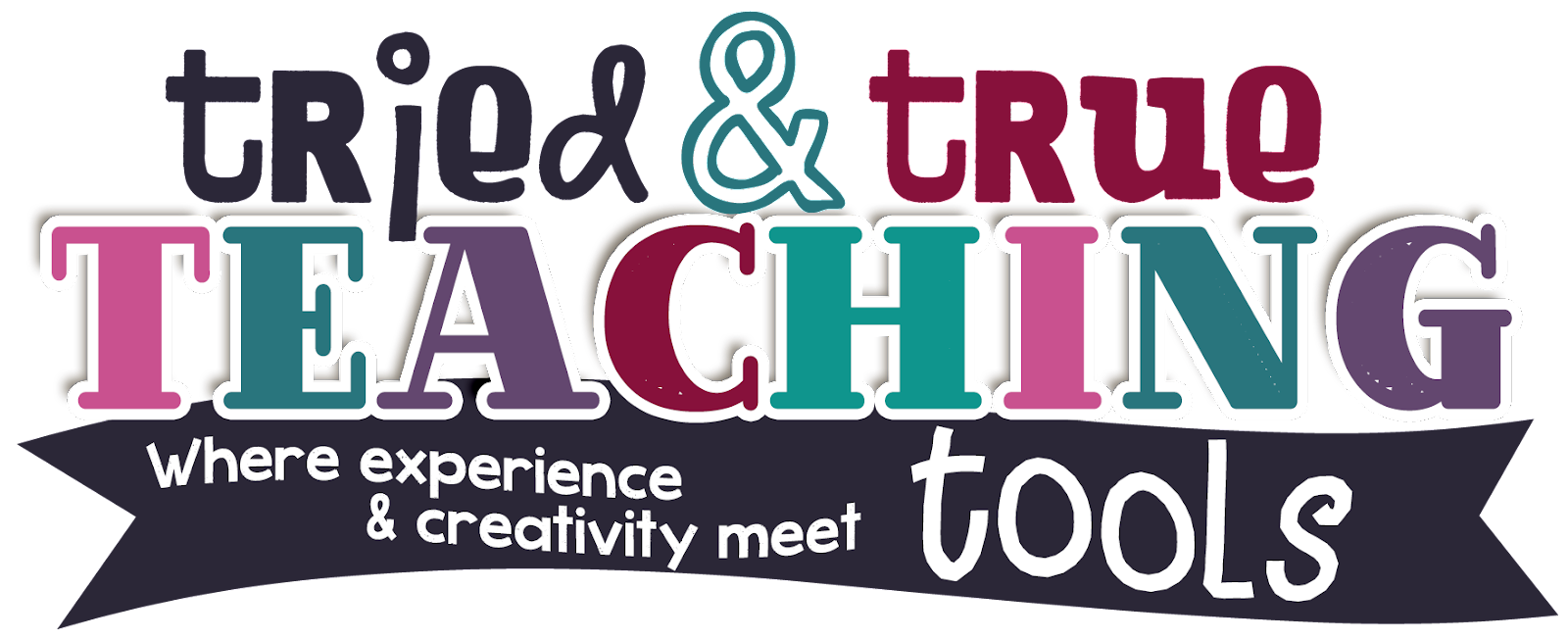Whenever I think of loving to read, I think of fiction and novels. According to Educational Leadership (December 2012-January 2013): "The average child in the United States spends roughly 4 hours and 29 minutes a day watching TV, 2 hours and 31 minutes listening to music, and 1 hour and 13 minutes playing video games. And how much of their leisure time to do they spend reading nonfiction? Less than 4 minutes a day." Yikes. . .
"Common Core language arts and literacy standards attempt to correct this imbalance by placing more emphasis on reading nonfiction—starting with an equal emphasis on literature and informational text in elementary school." (Coleman & Pimental, 2012) This was a huge (& scary!) shift for my grade-level partner and me! We decided to combine reading informational texts about animal & plant adaptations (our 4th grade science standard) with our informational Writer's Workshop unit. First dilemma? We only had a few books; certainly not multiple copies for 32 students! Thank goodness our local public library allows each person to check out 30 books for three weeks.
You should have seen my students faces light up at the bin of books!
We all agreed one of the best parts of non-fiction books are the beautiful photographs and illustrations. Learning cool facts about REAL plants and animals fascinated my kids. They kept wanting to share their new information, which lent itself perfectly to teaching note-taking.
We taught students about various note-taking strategies, depending on the purpose or organization of the notes.
- Venn diagrams lend themselves to compare & contrast
- T-charts are great for examining two facets of a topic
- Box & Bullets support a thesis statement with evidence
- Flow maps help with sequencing
- Bubble maps are terrific to use with sub-topics and evidence
After several days of using books to research, we then used iPads for more online information.
This was the perfect opportunity to discuss the difference between note-taking in our own words, versus plagiarism!
After all our research, note-taking, discussion, and modeling, students chose a specific plant or animal or habitat to write about its adaptations. After examining all types of non-fiction books, we decided that our books must include a Table of Contents, a map, photographs, a diagram with labels and the class wanted to include Fun Facts. They also added an About the Author page at the end. My partner set up a Google Slides template in Google Classroom. (Google Classroom has changed our teaching!! But that's for another blog post. . .) You can grab the Informational Writing rubric we used here.
The awesome thing about Google Slides is that documents can be printed as books! The books are double-sided and in the right order for you to just fold in half and staple! Voila!
Be sure to click on the buttons below for more wonderful ideas!














Kathie I love your ideas. They are so helpful getting students to enjoy and understand what they have read.
ReplyDeleteThanks, Deann! I was amazed at how much my students loved non-fiction!
DeleteI love this post! It is a great way to involve students so much with non-fiction! Thank you so much for sharing these great ideas!
ReplyDeleteThanks for stopping by, Mary! I hope this is helpful to you!
DeleteKathie, these look incredible and so professional! What a fantastic way to get kids engaged in nonfiction texts. I can't wait to read your future post about Google Classroom!
ReplyDeleteThanks, Kerry! I know!! The kids were so impressed with how professional their books looked, too! They had total buy-in :)
Delete